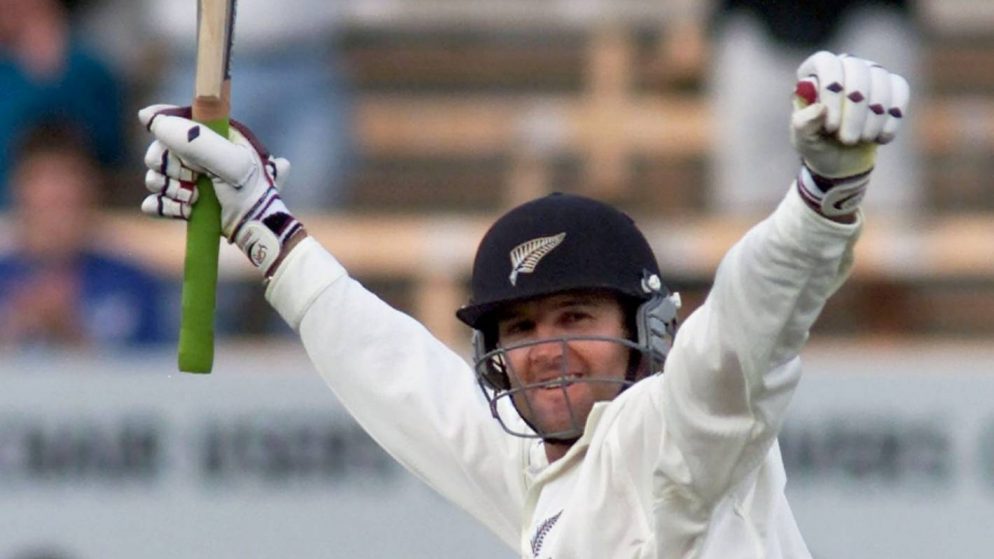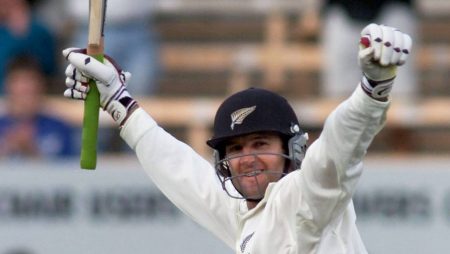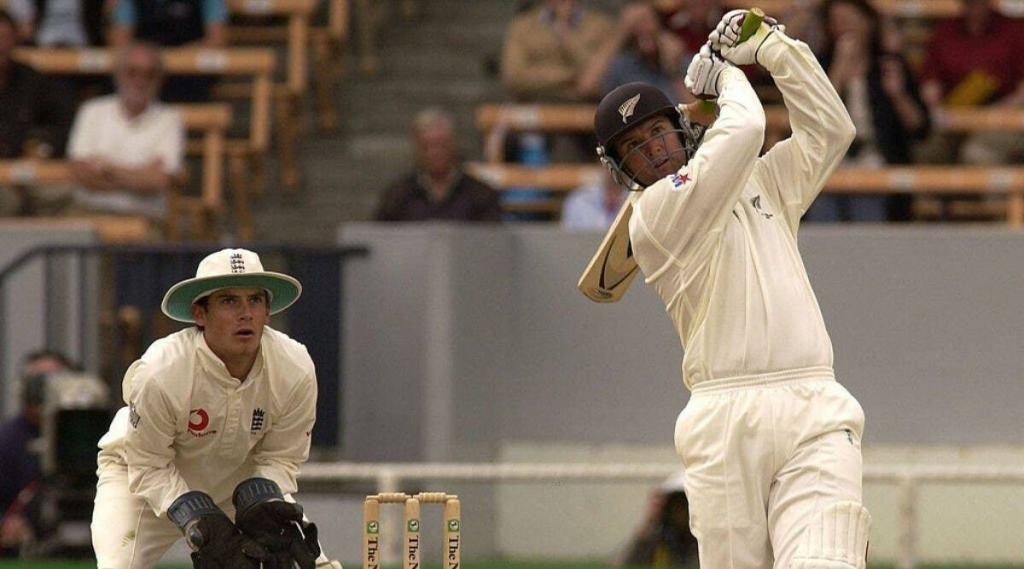

Nathan Astle’s record for the fastest double century in Test cricket remains unbroken after 20 years.
On February 23, 2002, Australia’s Adam Gilchrist thrashed the South African bowlers at the Wanderers; breaking the nearly 20-year-old record for the fastest Test double century. Gilchrist took 212 balls to reach 200, surpassing Ian Botham’s 220-ball feat against India in 1982. Nathan Astle’s record for the fastest double century in Test cricket remains unbroken after 20 years.

Gilchrist had no idea at the time that his record would be broken in only three weeks. Nathan Astle of New Zealand struck a double century in 153 balls against England in Christchurch; on March 16, 2002, setting a new record that has not been seriously challenged; let alone broken, in the last 20 years.
Astle’s whirlwind innings – 222 off 168 balls — was the 214th 200-plus score in Test history; and batsmen have exceeded the mark 179 times since then in just 20 years. Even with the recent rise of bowlers, many batters are getting to 200 these days; but no one gets it faster than Astle.
At least two generations of free-flowing batsmen, including as Chris Gayle, AB de Villiers; Brendon McCullum, and David Warner, have also beaten Astle’s record. Even Virender Sehwag, who for fun in the noughties racked up quick double century, couldn’t match him. Only Ben Stokes of England, who hit a 163-ball 200 against South Africa; in Cape Town in 2016, came close to matching his accomplishment.
see also: The Gaddafi Stadium in Lahore will be renamed for commercial reasons
In these day of fast-paced Test cricket, the guy himself is amazed that the record has stood. “It’s remarkable that the game hasn’t been knocked over with the way it’s played today. These days, the game is much more offensive, and also the pace has changed. That’s why I’m glad it (the record) has survived as long as it has,” Astle said this week; on the Weekend Sport podcast on Newstalk ZB, a New Zealand radio network.
At his home stadium, the Jade Stadium, Astle was fighting a losing battle that day. When he came into bat on the fourth day, England had set New Zealand; a target of 550 runs after Graham Thorpe’s double century had reduced the hosts to 119/3.
Astle, in his trademark tucked-in full-sleeves and also kookaburra blade unleashed a barrage of beautiful; strokes that cemented his reputation as one of the best ODI openers of the era (he has 16 ODI century). He cashed in on anything full as Matthew Hoggard and Andrew Caddick searched; for swing and sent them through the off-side. They tried to put him to the test with short balls, but the drop-in pitch was too quiet; and the boundaries were too close together for him to be bother.
“The wicket was a road, and the way I was playing, it was something we believed we could do; even to the point where we debated whether we should draw it back, nurdle it around, and then go again; but at the end of the day, we figured: this is working, so why change anything?” He told ESPN Cricinfo about his strategy because the aim appeared to be reachable.
read more: Sri Lankan captain Dimuth Karunaratne reacts to Harsha Bhogle’s ancient tweet, After being trolled.
However, with 99 needing to win, Astle was caught behind by Hoggard’s slow ball; bringing an end to a day of nonstop hitting. England won the series 1-0, but Astle considers this knock together with his century; in the 1996 World Cup opener against England; which occurred shortly after his grandfather’s death, to be the two most memorable moments of his career.
